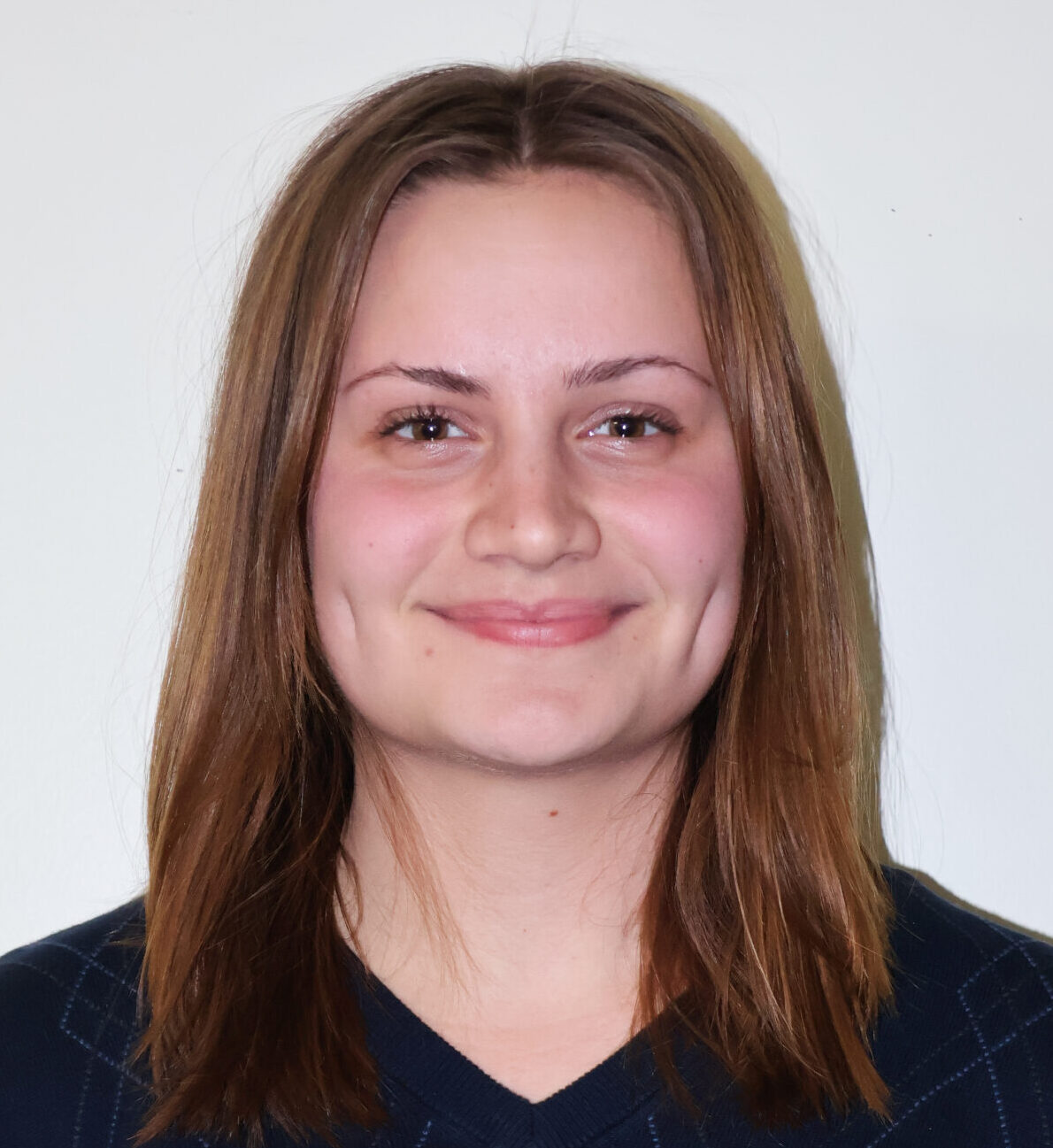The show embraced self-awareness from the get-go.
PrideArts’ ‘[title of show]’ Merges Process and Performance
Every chair was filled in the theater, save for the four situated inconspicuously on stage. The set design was disarmingly modest — just the chairs and a keyboard in front of a lime-wash wall. It’d be difficult to tell where reality ended and production began.
If art holds a mirror to reality, not-for-profit arts organization PrideArts’ “[title of show],” which opened Aug. 26, holds up a smaller mirror in its reflection — a metacommentary about the creation of art and the driven people behind it.
A 2006 off-Broadway turned 2008 Broadway hit, the one-act musical was written by Jeff Bowen and Hunter Bell about themselves writing a musical about themselves writing a musical.
The show embraced self-awareness from the get-go. In “Untitled Opening Number,” the cast serenaded the audience with meta narrations. Laughs from the audience seemed to be elicited equally by amusement and bewilderment.
“Then we’ll get a little louder to further emphasize the point,” the cast sang with increasing volume.
In opening conversations between Jeff, played by Jonah Cochin, and Hunter, played by Casey Coppess, the duo has the idea to write a musical about their plights and breakthroughs writing said musical.
Cochin and Coppess harness their natural chemistry through catty, rambling dialogue, portraying an authentic friendship between two struggling gay artists.
The team is rounded off with the addition of actor friends Heidi — played by Shannon McEldowney — and Susan, played by Lexi Alioto.
The tenderness of McEldowney’s performance inspired vulnerability from the rest of the cast. Alioto’s spunky and spirited portrayal of Susan maintained the show’s comedic rhythm up through the final line.
Humor is the backbone of “[title of show].” Anything can be a punchline, whether it’s campy choreography or the breaking of theater conventions.
“Don’t we need some transitional music or something to indicate the passage of time?” Hunter said after a brief blackout where Jeff moved his chair a mere three feet to signify a setting change.
The audience appeared caught by surprise as the unconscious rules of theater were called out plainly, but the shock effect wore off throughout the 95-minute runtime. Even though the show pokes fun at the fantastical elements of musical theater, it doesn’t shun the imaginative for the sake of realism.
Accompanist Larry, played by musical director Robert Ollis, provided the only instrumentation and was a constant presence at the keyboard. The few interactions between Larry and the other characters placed the show in a hilarious realm between the reality of the show’s creation and the musical unfolding in the present.
The show isn’t even bound by its own rules or timeline. Spanning beyond the three-week deadline the first iteration of “[title of show]” was initially written under, the writers spent four more years creating the show. The show’s associated New York Musical Theater Festival success, off-Broadway run, rewriting disarray and interpersonal tensions are built into the musical.
The pacing noticeably dragged without the compelling loom of a deadline. With time now a lawless resource, the team’s existential artistic worries creep into the spotlight.
Standout musical number “Die Vampire, Die!” focuses on the friends’ questions of their worth, talent and significance. The show’s songs excel in honest lyricism but lack in crafting memorable melodies.
“Knee deep in vampires / Filling you with doubt / Insecurity ‘bout what your art should be,” Susan sang.
While “[title of show]” embraced its limited resources with unchanging costumes and the singular setting of Hunter’s apartment, Jay Españo’s direction kept the production engaging with moving projections, dynamic lighting and dimensional staging.
The PrideArts stage is the ideal setting to emphasize realities of the artist. With no wings, a visible sound booth and exposed lighting, the separation of viewer from performance dissipates.
Sweat dripping off foreheads, muscles tensing in movement, eyes widening in expression — the actors’ effort were on full display.
Forcing the audience to confront the humanity of its characters through lively metacommentary and stripped-down production, “[title of show]” celebrates the transcendent qualities of both art and life.
“[title of show]” runs Thursday through Sunday until Sept. 22 at PrideArts Center, 4139 N. Broadway. Tickets can be purchased online.
-

Faith Hug is a second-year studying multimedia journalism and anthropology. Since joining The Phoenix in her first semester, she’s contributed to both the arts and opinion sections with features about the local community and reviews of movies, music and stage shows. She can often be found people-watching, dancing or wowing her loved ones with barely passable celebrity impressions.
View all posts
Topics
Get the Loyola Phoenix newsletter straight to your inbox!


![PrideArts' "[title of show]"features a modest set and standout performances. (Courtesy of Oomphotography)](https://loyolaphoenix.com/wp-content/uploads/elementor/thumbs/53939222075_a851457c48_o-1-scaled-qtllp1dbb2153s109xnvakognd1xy10f2594wjglzs.jpg)